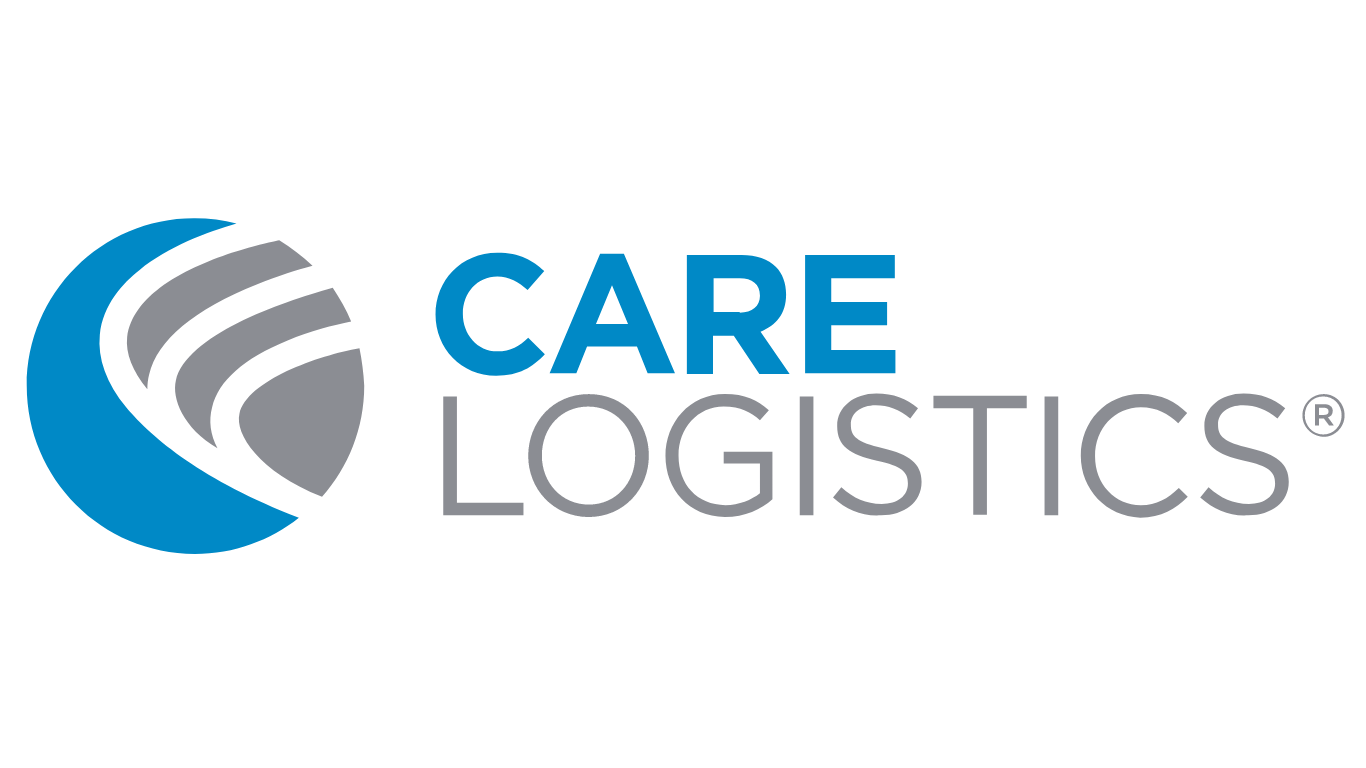Optimizing Your EHR for Resource Management and Operational Efficiency
Finding best-of-breed solutions to complement your EHR and maximize its value
In today's digital era, Electronic Health Record (EHR) technology has revolutionized the healthcare industry, promising streamlined workflows, improved patient care, and regulatory compliance. While EHR systems have become an integral part of modern healthcare organizations, it's essential to understand the opportunities to augment and optimize their capabilities, particularly when it comes to operational improvement. To achieve sustainable success, it’s important to identify the challenges that healthcare providers face when optimizing EHR systems for operational efficiency and explore how integrating purpose-built operational solutions can improve resource management and financial returns.
Common Challenges with EHR Optimization
While EHRs are invaluable for storing and managing patient data, they were not originally designed to address operational challenges. So, EHR optimization efforts may be limited in their ability to drive operational improvements without other tools to help. The following optimization challenges are frequently encountered:
Inability to Improve Resource Management:
Tasks like scheduling, staff allocation, and the coordination of diagnostics and testing often lead to inefficiencies and potential bottlenecks for patients and clinical staff alike. However, there are limited opportunities to customize or improve on those capabilities within the EHR itself. This makes resource management a prime candidate for optimization with outside tools.
Lack of Operational Specialization:
While EHR operational capabilities may create limited efficiency gains, they rarely maximize efficiency across the entire organization, making it difficult to get the most out of your EHR investment. EHRs weren’t initially created for managing operations. Their operational capabilities were later added to an existing infrastructure, which is tailored for clinical documentation. This lack of operational specialization may stunt healthcare providers' efforts to maximize efficiency across the organization. Complementing your EHR with more focused tools can help you expedite efforts towards clinical workflow simplification, meeting shifting compliance and regulatory requirements, or implementing new EHR functionality.
The Role of Integration in EHR Optimization:
To maximize the value of their current EHR systems, healthcare organizations must explore the benefits of integrating complementary operational solutions. By doing so, they can better leverage the wealth of data stored in their EHRs and unlock their full potential.
Here are some key advantages of integrating operational solutions with EHRs:
-

Prescriptive Insights
Operational solutions equipped with advanced analytics can combine raw EHR data with data from other key operational systems, creating new prescriptive operational insights. These insights empower healthcare providers to make data-driven decisions that improve overall efficiency.
-

Enhanced Visibility
When integrated with your EHR, purpose-built technology such as these complementary operational solutions can provide a holistic view of the organization's operations that is not easily obtainable within the EHR. This makes it easier for healthcare leaders to monitor and identify inefficiencies across various departments and across the organization as a whole. This visibility enables timely interventions and optimized decision-making.
-

Increased Connectivity
Integrating operational solutions with EHRs facilitates seamless communication and information exchange across the organization. This connectivity reduces data silos and ensures that critical information is readily available to all stakeholders where and when they need it.
Maximizing EHR ROI with Operations-Focused Solutions
By integrating purpose-built operational solutions into your EHR optimization plan, health systems can achieve a better return on investment for their EHR systems.
Here's how the integration leads to improved financial outcomes that deliver a positive ROI:
Cost Savings:
Increased operational efficiency results in fewer wasted resources, lower administrative overhead, and minimal errors. These cost-saving benefits contribute to the organization's bottom line.
Optimized Resource Management:
The integration of operational solutions enables effective resource allocation, reducing the chances of underutilization or overburdening of resources. This optimization translates into improved patient care and better utilization of staff and equipment.
Improved Revenue Generation:
Streamlined operations, enhanced patient experience, and shorter wait times can lead to increased capacity, fewer instances of unreimbursed patient care, and improved patient retention. Consequently, healthcare organizations can generate more revenue and sustain long-term growth.
Maximizing the Value and Potential of Your EHR
While EHR technology has facilitated important improvements in clinical documentation, there are still plenty of opportunities for optimization, especially when it comes to operational excellence. If you’re still struggling to achieve improved workflows, streamlined order sets, and adherence to compliance and regulatory requirements, it might be time to give your EHR a boost with complementary tools. Purpose-built technology can unlock the true potential of the EHR by providing enhanced visibility, prescriptive insights, and enabling better overall management of your organization's valuable resources.
Care Logistics President and CFO, Samantha Platzke has experience as a hospital CFO herself. So, she understands the importance of finding best-of-breed operational integrations to further the success of your EHR. She offered this insight for other hospital leaders to keep in mind:
“These types of integrations ultimately result in better resource management and improved financial returns, making it a strategic move for any forward-thinking healthcare organization.
By embracing these solutions, healthcare providers can greatly enhance the operational capabilities of their EHR technology and set themselves on the path to optimized operations and a more patient-centric care experience.”




